Fast Charging Cable: 5 Speed Secrets Revealed in This Guide
Ever plugged in your smartphone, seen the “fast charging” indicator, and then watched the battery percentage crawl upwards like a snail on a treacle track? You’re not alone. As someone who’s spent countless hours testing gadgets and delving deep into the world of portable power, I can tell you this frustration is incredibly common. Many people assume their shiny new fast charging cable is the magic bullet, only to be left wondering: Is this thing even working? Or worse, is it a lie?
The truth is, while a good fast charging cable is essential, it&s just one piece of a much larger puzzle. There are several hidden speed bottlenecks that can prevent your device from juicing up as quickly as you expect. Let&s unmask them together.
Is Your &Fast Charging& Cable Really the Problem?
Sometimes, yes, your fast charging cable can indeed be the problem, but it&s rarely the *only* problem.
Think of your charging setup like a highway. Your phone is the destination, and electricity is the traffic. A cheap, poorly constructed fast charging cable is like a single-lane dirt road trying to handle a rush hour commute.
It simply can&t carry the required current efficiently, leading to slower charging speeds and even potential safety risks. Quality matters immensely. A truly capable fast charging cable needs to be built to handle higher wattage and current without significant power loss or overheating.
Many generic cables might claim “fast charging” but lack the internal wiring, shielding, or even the necessary data pins to support modern high-speed protocols like USB Power Delivery (USB-PD). This is especially true for those suspiciously cheap cables you find online.
What Are the Real Speed Bottlenecks Beyond Just the Cable?
Beyond the cable, several critical factors act as charging bottleneck, including your charger, the device itself, and even environmental conditions.
A high-quality fast charging cable is useless if it&s connected to a weak charger. Your charger dictates how much power (measured in watts) it can *output*. If your phone supports 45W fast charging but your charger only provides 10W, guess what?
You&re charging at 10W. Always check the output specifications on your charger. Look for numbers like “20W,” “45W,” “65W,” or even “100W.” Also, ensure your charger supports the correct fast-charging protocols for your device, such as USB Power Delivery (USB-PD) for iPhones and many Androids, or Qualcomm Quick Charge for others.
Your Device&s Capabilities: The Limiting Factor
Even with a 100W charger and a top-tier fast charging cable, your phone will only draw as much power as it&s designed to handle. An older iPhone, for instance, might only support up to 20W charging, regardless of how powerful the charger is. Newer flagship phones can often handle 45W, 65W, or even higher. Check your device&s specifications to understand its maximum input power. Battery health can also play a role; as batteries age, their ability to accept and hold a charge can diminish, impacting overall charging speed.
Software & Thermal Throttling: The Invisible Hand
Modern smartphones are smart – sometimes too smart for our immediate gratification! They have sophisticated battery management systems that monitor temperature. If your phone gets too hot (from heavy use, gaming while charging, or being in direct sunlight), it will deliberately slow down the charging process to protect the battery from damage. This is known as thermal throttling and is a crucial, often invisible, charging bottleneck.
How Do I Identify a Truly Capable fast charging cable?
To identify a truly capable fast charging cable, look for specific certifications, wattage ratings, and construction features.
Don&t just grab the cheapest cable. Here&s what to look for:
- Wattage Rating: A good cable will clearly state its maximum supported wattage (e.g., “60W,” “100W”). For serious fast charging, especially with laptops or high-end phones, aim for 60W or higher.
- USB-IF Certification: The USB Implementers Forum (USB-IF) certifies cables and devices to ensure they meet standards for safety and performance. Look for their logo or explicit mention of certification.
- E-Marker Chip (for USB-C cables above 60W): High-power USB-C cables (especially those supporting 60W or more) should contain an “E-Marker” chip. This chip communicates the cable&s capabilities to the connected devices, allowing for safe and efficient power negotiation. Many quality USB-C fast charging cables will have this.
- Brand Reputation: Stick to reputable brands known for quality accessories like Anker, Belkin, Ugreen, or official OEM cables from Apple or Samsung.
- Thicker Gauge Wires: While not always visible, a well-made cable designed for high current often feels a bit thicker than flimsy ones.
What&s the Difference Between USB-C, USB-PD, and Quick Charge?
These are related but distinct technologies: USB-C is a connector type, USB-PD is a universal fast charging standard, and Quick Charge is a proprietary standard.
Shop Related Products on eBay
Find the best deals on these recommended products:
… (Content truncated for length) …
About the Author:
Poly Kaza is a seasoned technology journalist and wearable tech enthusiast with over a decade of experience reviewing and analyzing the latest innovations in smart devices. He has a deep understanding of the underlying technologies that power smartwatches and a passion for helping consumers make informed decisions about their digital companions. His work focuses on bridging the gap between complex technical specifications and practical user experience, with a keen eye on how wearables impact daily life and health.
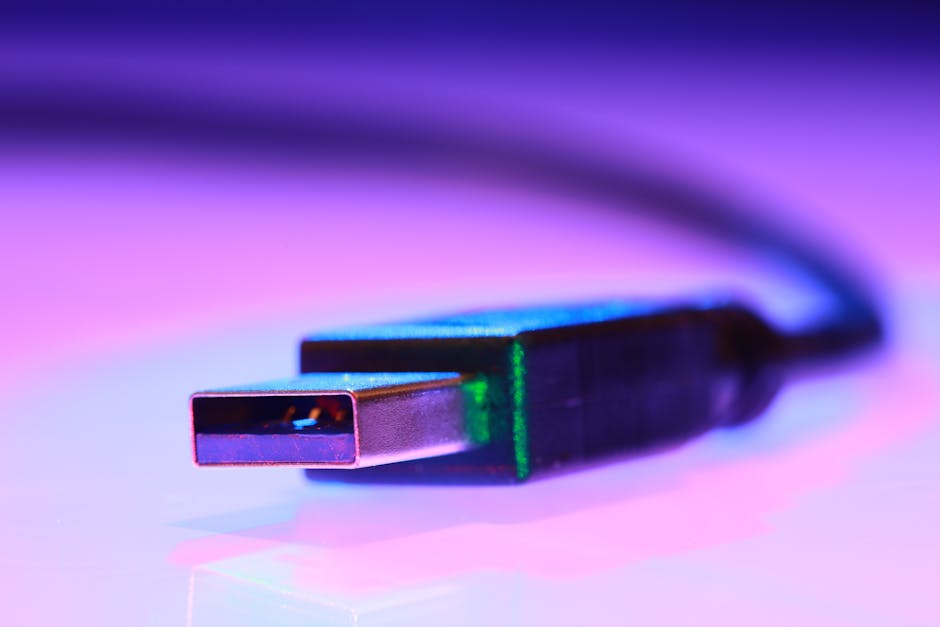
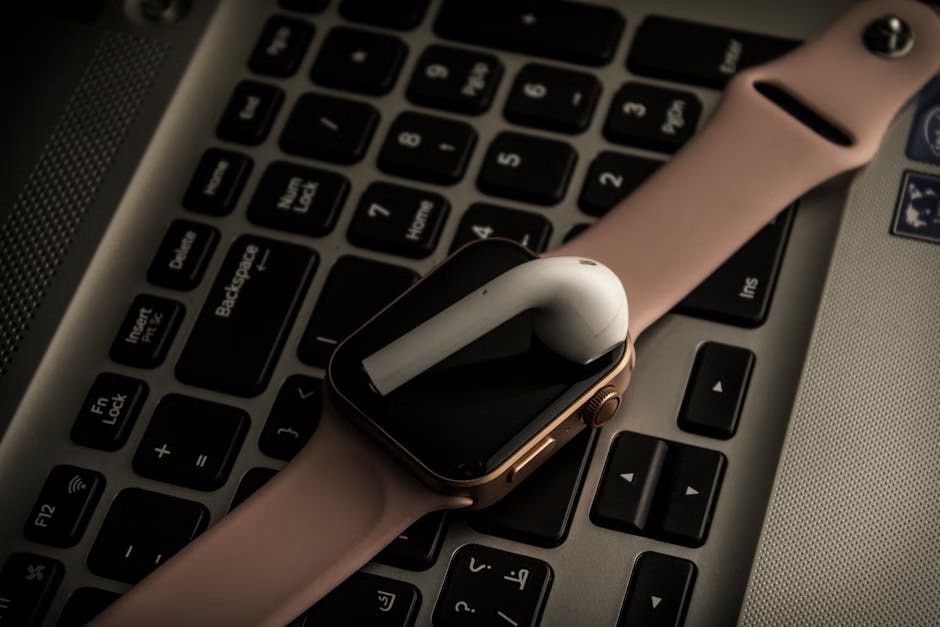
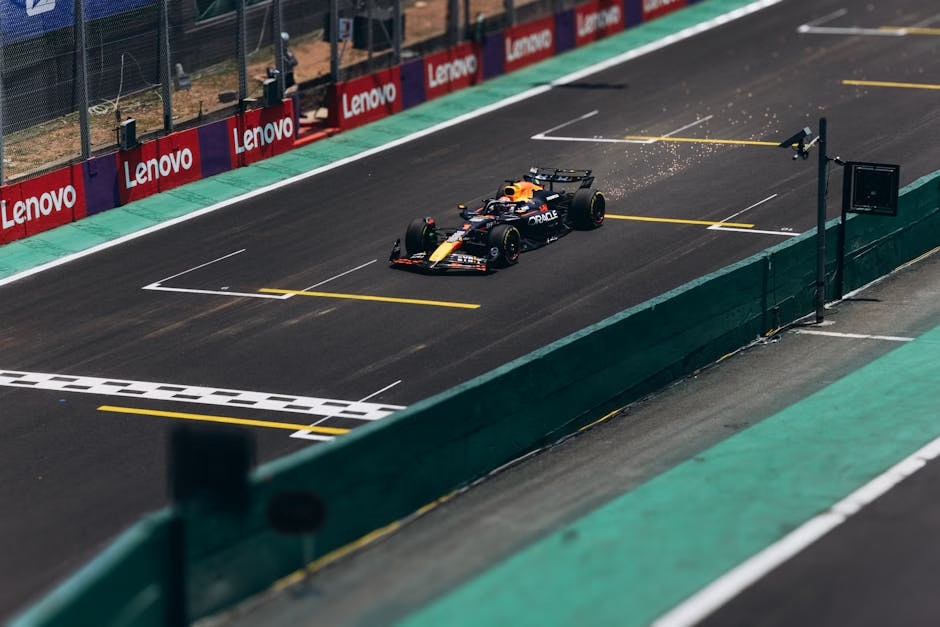

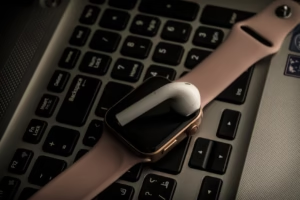

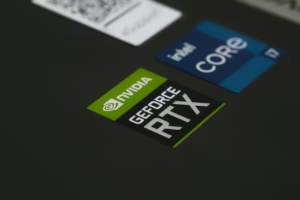

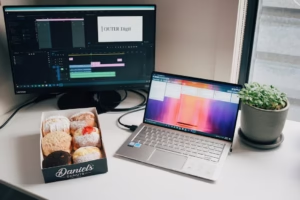




2 comments